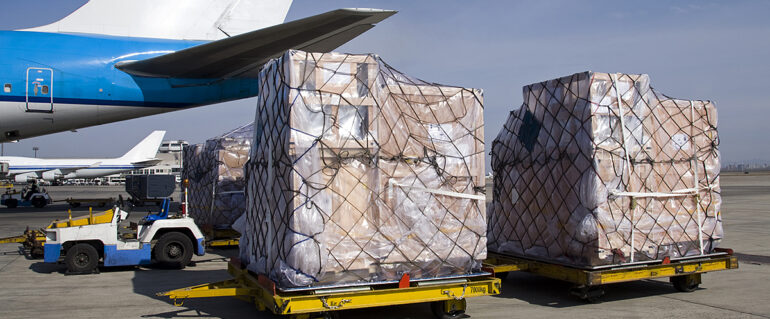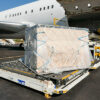6 Ways the Shipping Industry Has Changed Since 1965 When We Did Our First Shipment
The shipping industry has experienced many advancements in the last 55 years. Here are some ways the shipping industry has changed since 1965 when we did our first shipment, and a few that are poised to change the industry in the future.
Container Standardization
While shipping containers were already used in the late 1950s and early 1960s, there were different sizes, and it wasn't as efficient as it could be still. In 1968, the International Standards Organization (ISO) approved a set of universal standards for containers. They included requirements in terminology, dimensions, ratings, and markings. In 1970, additional ISO standards were included to designate specific corner fittings and freight containers' internal size.
Also, by standardizing containers, goods are easily handled for intermodal transport. A container moved via cargo ship can next be transferred to a truck or train to reach its final destination—no need to unpack and repack the contents at each transfer, saving valuable time.
Third-Party Logistics
In the 1970s, companies began widespread use of outsourcers or third-parties to store and transport goods. Third-party logistics providers include freight forwarders, courier companies, and other companies that integrate and offer subcontracted logistics and transportation services.
Logistics Technology is routinely changing the industry. Here are some examples:
Global Positioning Systems (GPS)
The road atlas has long since been folded and put away in exchange for GPS technology. With access to updated traffic data, routes are improved, increasing productivity and reducing delivery times.
Radio Frequency Identification (RFID)
RFID is used as a method of keeping inventory. Sensors are placed on products, and a signal goes out. The data is then received and processed by inventory systems. RFID tags are like barcodes, but a much faster way of delivering information, and goods don't need to be manually scanned to be counted. Companies are also using RFID tags in their distribution warehouses to monitor goods and containers.
Autonomous Delivery Vehicles
Companies worldwide have been working on this technology in passenger cars for years, but now trucks may be getting closer to self-driving with commercial applications. Some don't even have a human inside at all, which would substantially change the industry.
Drone Delivery
A few years ago, Amazon Prime Air was announced to the public. This project touted "delivery by drone" for packages weighing less than 5 pounds. According to Amazon, "We will deploy when and where we have the regulatory support needed to safely realize our vision. We're excited about this technology and one day using it to deliver packages to customers around the world in 30 minutes or less."
In addition to flying drone deliveries, other companies are developing this type of technology for robot delivery (which has increased weight limits) for food delivery, groceries, and medications.
Alaska Air Forwarding Through The Years
Alaska Air Forwarding has played its part in the air freight industry since 1965, six years after Alaska became a state. We trace our origins to Wayne Hendricks, the founder who journeyed to the area to promote a buying service to Alaska fishermen.
The buying service was a success – yet, Hendricks saw more potential in an air freight forwarder operation. In 1969 he created Arctic Air Freight. Based in Seattle with an office in Anchorage, AAF (Arctic Air Freight) flew machinery items to Alaska from all over the lower 48 states.
Freight forwarding received a substantial boost during the building of the Trans-Alaska Pipeline in the 1970s and 1980s. With the ebb and flow of oil prices, AAF changed ownership in 1988 and became known as Alaska Air Forwarding.
The new owners, Bill Ferrari and his business partner, both with extensive airfreight forwarder backgrounds, had the foresight to seek year-round business opportunities along with the seasonal businesses they handled.
Today their leadership carries down to the people we hire – people who are just as committed and knowledgeable – people who stay on year after year and continue to look for new fields to offer our services. This legacy of longevity and ingenuity ensures that customers receive the best of care.
More About Us:
Alaska Air Forwarding is a full-service Alaska freight forwarder serving industries and businesses throughout North America. We have a network of 500 partner agents throughout the United States and the world.
We provide:
- Cost-effective and accurate rate quotes
- The highest caliber of service, including 24-Hour LIVE support
- Door-to-door pickup and delivery
- Shipping of heavy-lift cargo
- Access to remote areas of Alaska that most companies cannot access
Alaska Air Forwarding has offices in key Alaska cities. Our professional and knowledgeable staff is there to facilitate getting your shipment delivered. Let us know how we can help your business.






